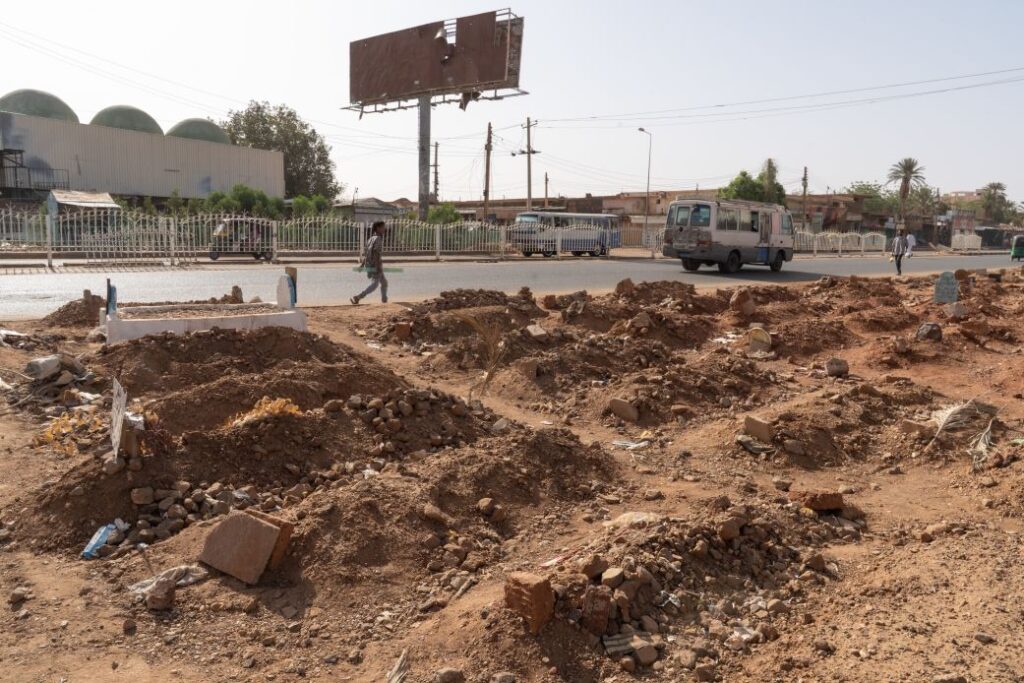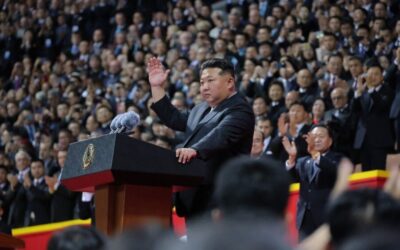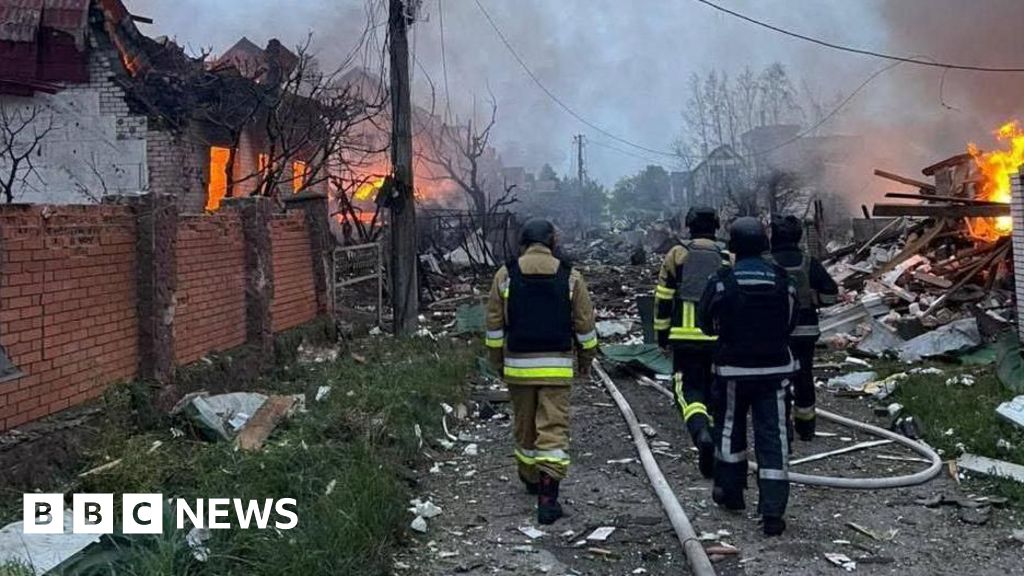The horrifying reports of the massacre of hundreds of Sudanese civilians after the Darfur city of El Fasher was captured by the rebel Rapid Support Forces (RSF) last week were the latest chapter in a brutal conflict that has killed more than 150,000 people over the past two and a half years.
But while the war in Sudan has most often been portrayed as an internal conflict between two warring generals, the murky involvement of several foreign powers makes the conflict far more complex – and deadly.
Sudan is seen by many as strategically important within the wider region. A bridge between the Middle East and Africa, Sudan controls some 500 miles of Red Sea coast along a major shipping route. It has plenty of agricultural land and significant gold deposits. It is the world’s top producer of gum arabic, a food, pharmaceutical and cosmetics ingredient. It also plays a key role in water diplomacy in the region, with some 400 miles of the Blue Nile flowing through its territory.
On Thursday, facing mounting international pressure over the reported massacre in Darfur, the RSF said it had agreed to enter a humanitarian truce proposed by four countries, known as the Quad: the United States, the United Arab Emirates, Egypt and Saudi Arabia. A US State Department spokesperson said the US continued to engage directly with the RSF and the rival Sudanese Armed Forces (SAF) “to facilitate a humanitarian truce.” It urged both sides to accede to it, “given the immediate urgency of de-escalating the violence and ending the suffering of the Sudanese people.”
Three of the same countries involved in brokering the potential truce – the UAE, Saudi Arabia and Egypt – have, along with Russia, been accused by experts, human rights watchdogs and several Western governments of trying to influence the conflict in Sudan by various means, including by supplying weapons, financial and logistical support and by offering diplomatic backing.
Continue reading the complete article on the original source



